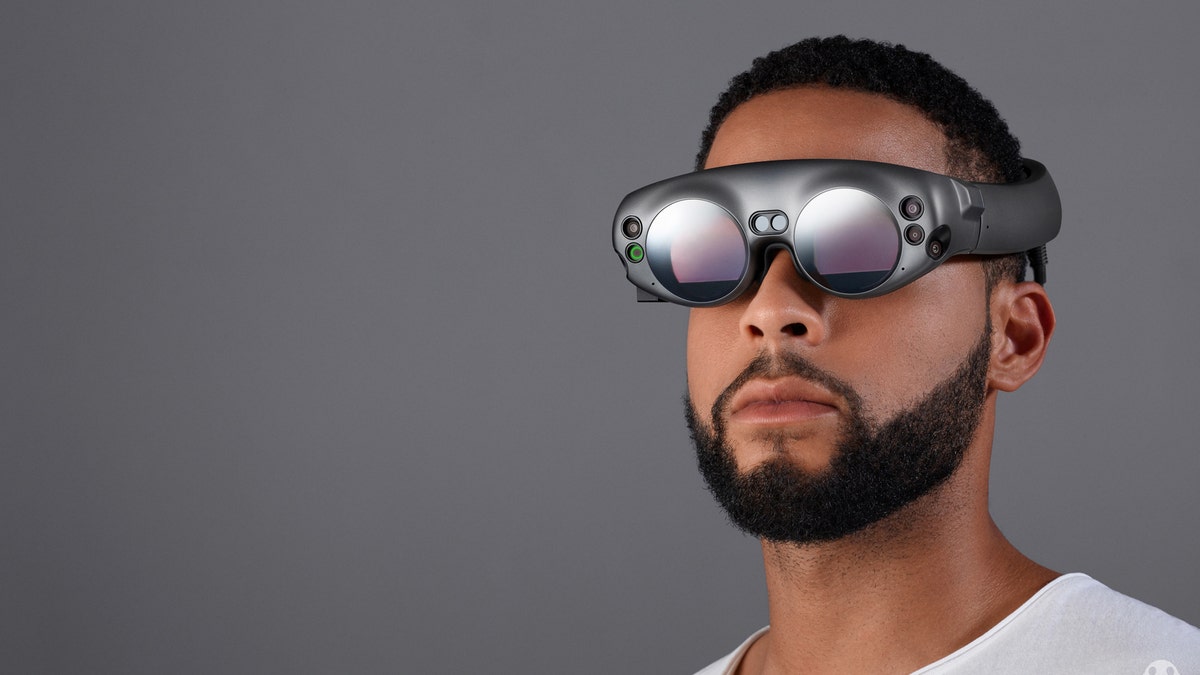
After years of secret development and billions upon billions of dollars, you can finally buy a Magic Leap mixed reality headset.
The Magic Leap One Creator Edition, which the company calls a "spatial computing" device, officially ships in the US today for $2,295. The system comes with three pieces: a headset called Lightwear; a small wearable computer called the Lightpack with an integrated CPU and GPU to render the headset's graphics; and a handheld controller that looks similar to that of an HTC Vive or other VR headset controller.
For the past seven years, Magic Leap has built up endless hype and increasing skepticism along with more than $2.3 billion in funding from the likes of Alibaba, Andreesen Horowitz, Google, Warner Bros., and the Kingdom of Saudi Arabia. The secretive startup has also struck content partnerships with Disney and the NBA.
The mixed reality experience itself is similar to that of Microsoft's HoloLens, or the 3D AR/VR experiences you can build with tools like Amazon Sumerian. The headset's computer vision and spatial audio technology powers mixed reality gaming, the ability to fill the real world with persistent, lifelike digital objects, and soundfield audio.
More From PCmag
Two cables extend out the back of the Lightwear headset, which feed down into the circular, belt-mounted Lightpack hardware unit. The wireless controller offers force control and haptic feedback with six degrees of freedom, smooth movement, and intuitive gesture response.
As for the specs, the system is packing an Nvidia Parker CPU with two Denver 2.0 64-bit cores and four ARM Cortex A57 64-bit cores. The GPU is an Nvidia Pascal with 256 CUDA cores, and the Lightpack has 8GB of RAM with 128GB of storage capacity and a lithium-ion battery, though a full charge only powers three hours of continuous use.
The system also features its own software called LuminOS that's "optimized for environment recognition and persistent digital content." The OS has a social feature called Avatar Chat to support sharing experiences in mixed reality, and lets you create multiple virutal screens of any size to view entertainment content. There's also a gallery feature to showcase photos, videos, and 3D objects.
The company said it will soon release a prescription lens insert for the headset, customized based on eyeglass prescriptions. You can buy a Magic Leap One Creator Edition here.
This article originally appeared on PCMag.com.
